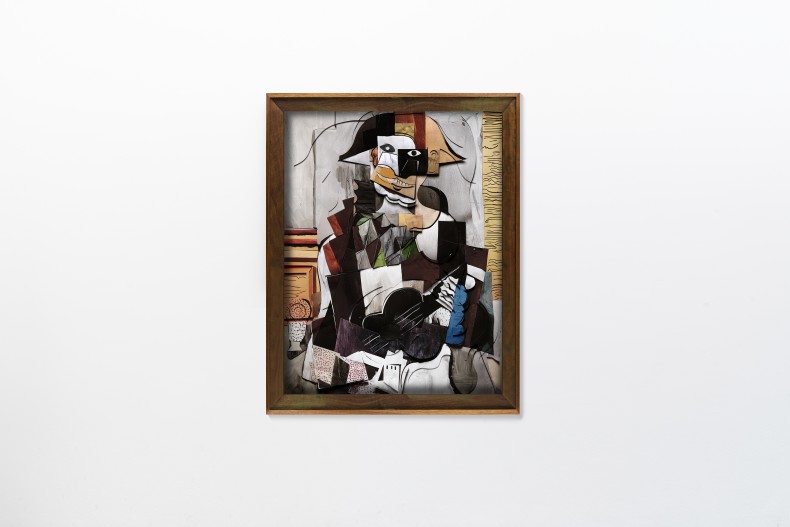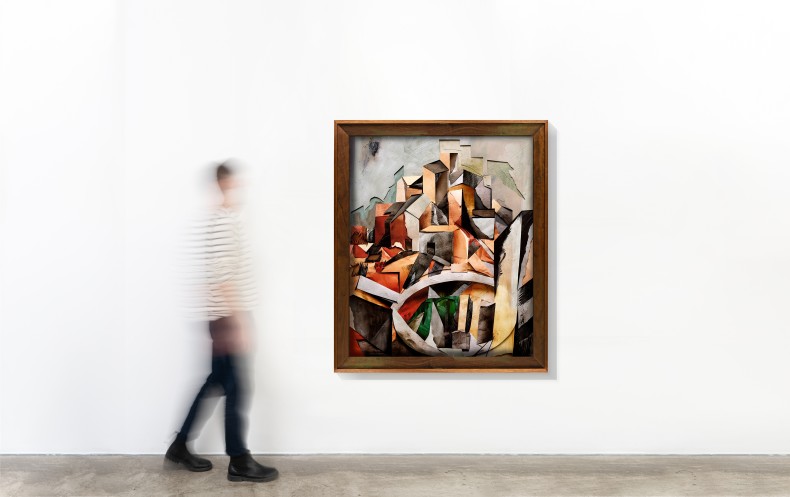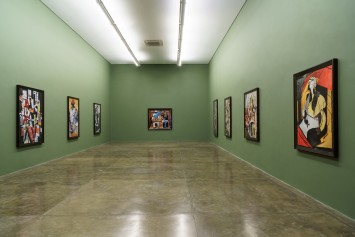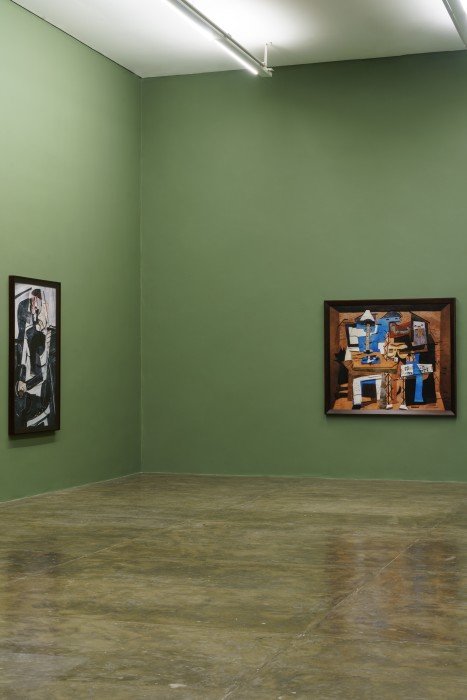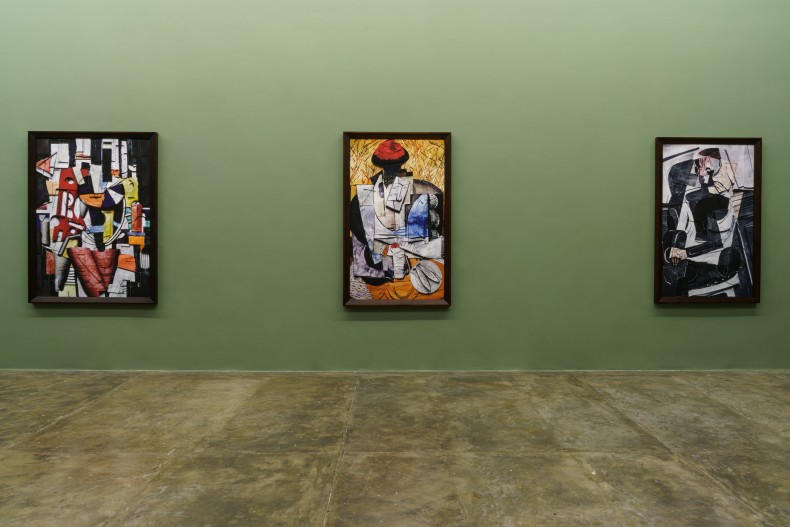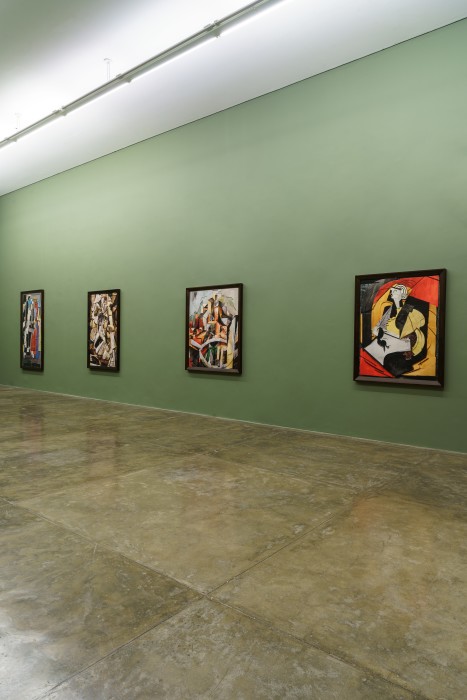Nara Roesler São Paulo presents Photocubism, a solo show by Vik Muniz, opening on November 10. Based on extensive research on classic works by Cubist masters, such as Pablo Picasso, Georges Braque, and Juan Gris, Muniz's new series of works reveals how aspects related to memory, ambiguities in image representation, and a rich interconnection between different means of expression constitute the basis of his production. Following that, on December 8, the book Epistemas will be launched. The publication focuses on the artist's recent production, shedding light on connections between different moments of his trajectory. Richly illustrated and featuring texts by Vik Muniz himself, the critic Luísa Duarte, and the English scientist and writer Phillip Ball, the book addresses critical aspects of the conceptual and formal research by Muniz, who has been investigating contradictions between visual perception and the physical world for almost four decades. Edited by Nara Roesler Books andsponsored by Turim, the publication is part of the series "Recortes," which focuses on specific aspects of an artist's work or career.
The insightful observations of what he calls the "visual ambiguities" of our time and his keen interest in dismantling technical and theoretical convictions of the contemporary visual world are probably at the center of Vik Muniz's leading role in the Brazilian and international art scene and the reason for his works to be included in the major institutional collections around the world. As Luisa Duarte summarizes, his works "deal at the same time with the hyper-definition characteristic of our time and a sense of doubt that is dismissed or even despised in this same historical period."
The process developed by the artist in these recent works is profoundly complex. Whether dealing with something trivial like a nail or a hole (“I have always liked to photograph holes,” he confessed) or revisiting fundamental works from art history like "Nude Descending a Staircase," painted by Marcel Duchamp in 1912, Muniz's approach attempts to accentuate the relationship between photography—a medium associated with objectivity—and a mental image, related to one's memory or imagination. Muniz explores works that belong to this great museum of iconic images from art history, which he has repeatedly come back to throughout his career, and that, at this moment, serve as motives and themes for a poetic and visual investigation on spatiality, repetition, and media diversity.
The making process of works from the series "Superfícies" (Surfaces), which will be presented in the show, and the pieces gathered under the general title of "Handmade," which are featured in the book, involves several stages. It starts with the election—often through subjective criteria—of a seminal Cubist image, which is then painted, photographed, and reprocessed through collages and prints until it reaches a difference from the original as desired by the artist. As he explains, “massive amounts of layers” are created, prompting the viewer to question where the original surface is amidst all the overlapping interventions in different media.
The titles in Vik Muniz's works add relevant meaning to his poetics. Not by chance, this process of exploring and revealing apparent contradictions between space and plane—an essential space for Cubist experiments—is associated with the idea of "Superfícies" (Surfaces) in a clear and ironic reference to the overlapping of media, analysis, and visual layers. Likewise, the title of the exhibition, "Photocubism," proposes a sharp wordplay, relating the term "club”—associated with classic photography—to “cubism” in a direct reference to the masters who, at the beginning of the 20th century, sought to address one of the greatest artistic challenges of that period: overcoming the classical paradigms of mimetic art in search of an analytical and synthetic representation of reality.
If revisiting masterpieces or specific art history periods is recurrent in Muniz's trajectory, mapping techniques, approaches, and tendencies common to Cubism have an extra allure to the artist. After all, this movement is at the center of the clash between languages, providing the artist with rare and unlimited freedom of experimentation. “Photography has freed painting from a descriptive function; we were certain that the world is not a fixed thing,” explains Muniz, who in the past five years has dedicated himself to elaborate conceptually and technically this creative universe that proposes a new space for painting. In his deep and broad research on Cubism, the artist has engaged with various works, from the more synthetic and abstract ones—such as those presented at Nara Roesler two years ago—to his most recent investigations, marked by greater complexity in spatial and temporal terms. “I consider the work to be the whole series and the relationship that one piece has with the next and the previous ones,” he explains, indicating how the connections between the individual works go far beyond formal or thematic similarities.



